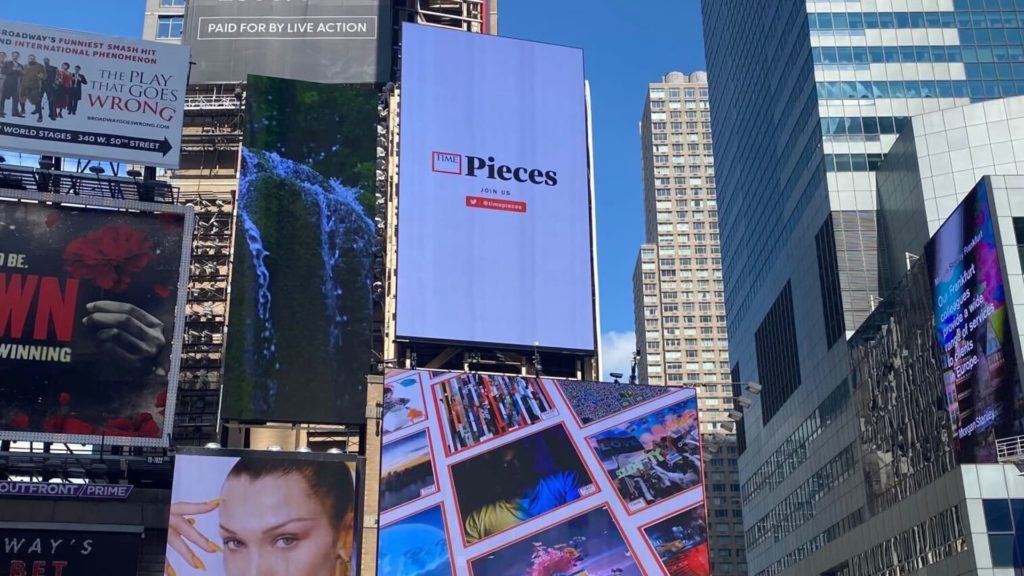NFTs, or non-fungible tokens, have become, perhaps, the most controversial piece of the crypto conversation, evoking both passionate criticism and praise as Web3 becomes a bigger part of popular culture.
Able to shut out the noise on both sides of the argument is an unlikely figure: Keith Grossman, president of Time, who has spent the past year building the 99 year-old media brand’s NFT business, TIMEPieces, from the ground up.
NFTs are unique digital assets, like artwork and sports trading cards, that are verified and stored using blockchain technology, but critics see them as overhyped and potentially harmful to the environment given the energy-intensive nature of cryptocurrencies. Many NFTs are built on the network behind ethereum, the second-biggest token.
The rise of the internet meant that anyone could view images, videos and songs online for free. People are buying NFTs out of the belief that they’ll be able to prove ownership of a virtual item thanks to blockchain technology.
“All it is is a token that allows you to verify ownership on the blockchain. Its secondary value is allowing the owner to control their personal information,” Grossman told CNBC in a recent interview.
20,000 TIMEPieces, $10 million
TIMEPieces token holders can connect their digital wallets to TIME’s website, which gives them unlimited access to TIME content, as well as exclusive invitations to both virtual and in-person events. Some of the more popular tokens within the TIMEPieces collection include photography and other forms of digital art from 89 emerging Web3 artists, including Farokh Sarmad, Joanne Hollings and Julie Pacino, daughter of actor Al Pacino, among others. It’s also attracted many well-known celebrity collectors, from Anthony Hopkins to Eva Longoria and Miguel.
